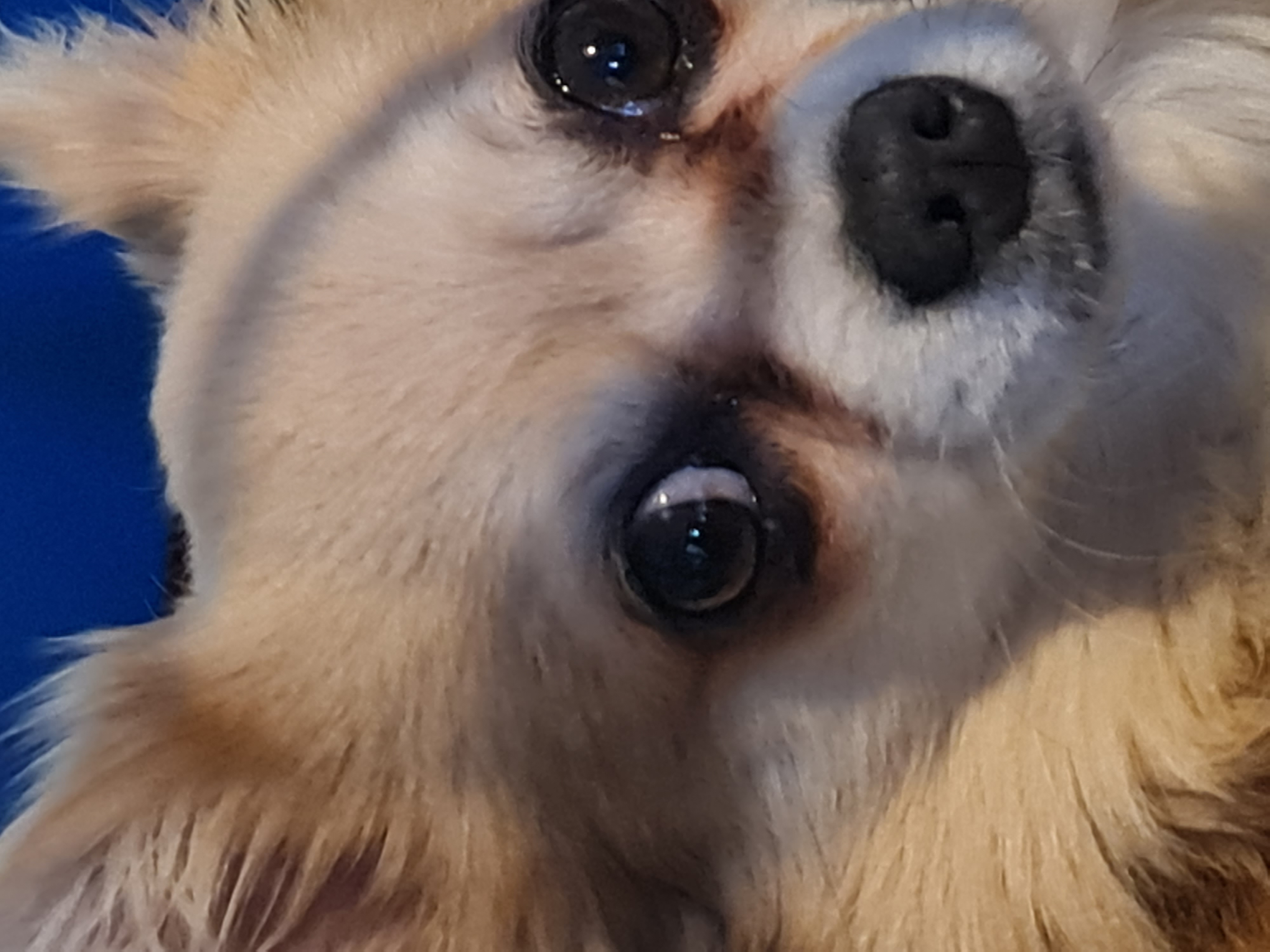I have never used a 3d printer. But have done a little research.
Be great if someone could confirm my intention is sane.
I have loads of Linux experience so my plans relate to open source all the way.
First off I am brassic(poor). So looking cheap all the way. My brother and I have a tiny narrowboat we are refitting. And plan to use the printer for stuff within the boat.
Due to this printing PA6 to go in the bilge is important. (Diesel and water bad for most other plastics)
As we are both vision impaired and old. The idea is most of the electrical mountings etc will be self designed and painted to make future access quick and easy with our rapidly worsening vision.
So my plan. I am looking at a elegoo Neptune 4 pro.
Because it is cheap but great value. Uses kipper. And seems easy to modify as I grow in use. Also supports temps needed for PA6 etc.
But I will need an enclosure to work with PA 6 and a dryer.
Dryer is cheap not an issue.
But I’m thinking of a tent enclosure. Some good well insulated ones on amazon for £50 with hose to vent out smells.
Will one of these tents be suitable for keeping temperature stable while printing PA6. And can anyone offer other advice for cheap solutions to make this easy.
On a related novice front.
Gue to the vision. One of the projects is to print mounting boards for din rail fuses etc. The idea being to mix colours.
Ie flat surface faces from and back in white. The the inner support fram in a bright colour. This will mean holes to support thumb screws etc for easy low vision future maintainance. IE easy to find the pre set screw holes.
This plan means I can swap colours when printing layers so should be easy without over (for me) briced multi head printer.
But can anyone share experience with doing this with nylon. IE how dose delays in printing the layers while swapping filament t effect the linking of those layers.
As I say complete novice o the actual doing this so any advice will be helpful.


I have printed PA and tent idea will probably work but the other person is not kidding, PA is very finicky. Plan on printing PA directly from a dry box as even sitting on the printer will ruin a roll of it if you live somewhere with more than like 20% humidity outside, also make sure your dryer can reach 85c to dry out a spool of PA, even with a dry box I usually dry PA immediately before printing it. As others have mentioned, definitely consider ASA or PETG or maybe even PC (if that printer can print it) where you don’t really need the material properties of PA specifically.
The tent will also probably be important for maintaining temperature of the chamber more than the smell, nylon doesn’t have a ton of odor anyway. You may need to put a blanket on it, you probably won’t need a chamber heater since nylon needs like a 65c bed or more, just make sure to pre-heat the chamber first by turning the bed on, I usually let mine warm for 20 min or more. It is alap important to keep the temps stable as nylon also warps easily which can cause it to pop off the bed while printing too So make sure the tent is sealed and try not to open it.
Sounds like an interesting project though, best of luck!
Thanks very useful. More or less what I expected but great to get confirmation. Humidity here is 30 to 60% averaging the higher end more often. So def need decent drying chamber.
Yep, I knew the tent was more about retaining the heat. Just considered the hose a useful add-on. It is good to know you think that will be adequate as I could not find much online.
Do you think mixing colours at diff layers will be an issue as long as I keep both rolls in drying chambers?
Again, thanks for taking the time. It is fantastic to get some confirmations and advice from someone who has used the stuff before I spend what little cash I have.
Glad to help! Mixing colors shouldn’t be an issue, I have done it in the past, also have mixed PA and PA-CF in the past without issue. I bet you could even find a tent with a window and run a PTFE tube to a dry box outside the tent then you could pull the first color out and put the second one in without having to open the tent.
Also, just to say it out loud I would definitely test the strength of the layer adhesion (especially between the colors since they might have different additives) for anything structural, especially if you might get injured if it fails, just to be double safe heh.
Last, at least where I am, PA is significantly more expensive than ASA or PETG so might be worth looking at those for at least prototypes of the parts. For example, I typically use PLA to prototype ASA parts, has usually been fine to swap it out with just minor tolerance adjustments and it’s way cheaper to print 50 versions in PLA while I’m working out the design and then I print the final ones in ASA or whatever.